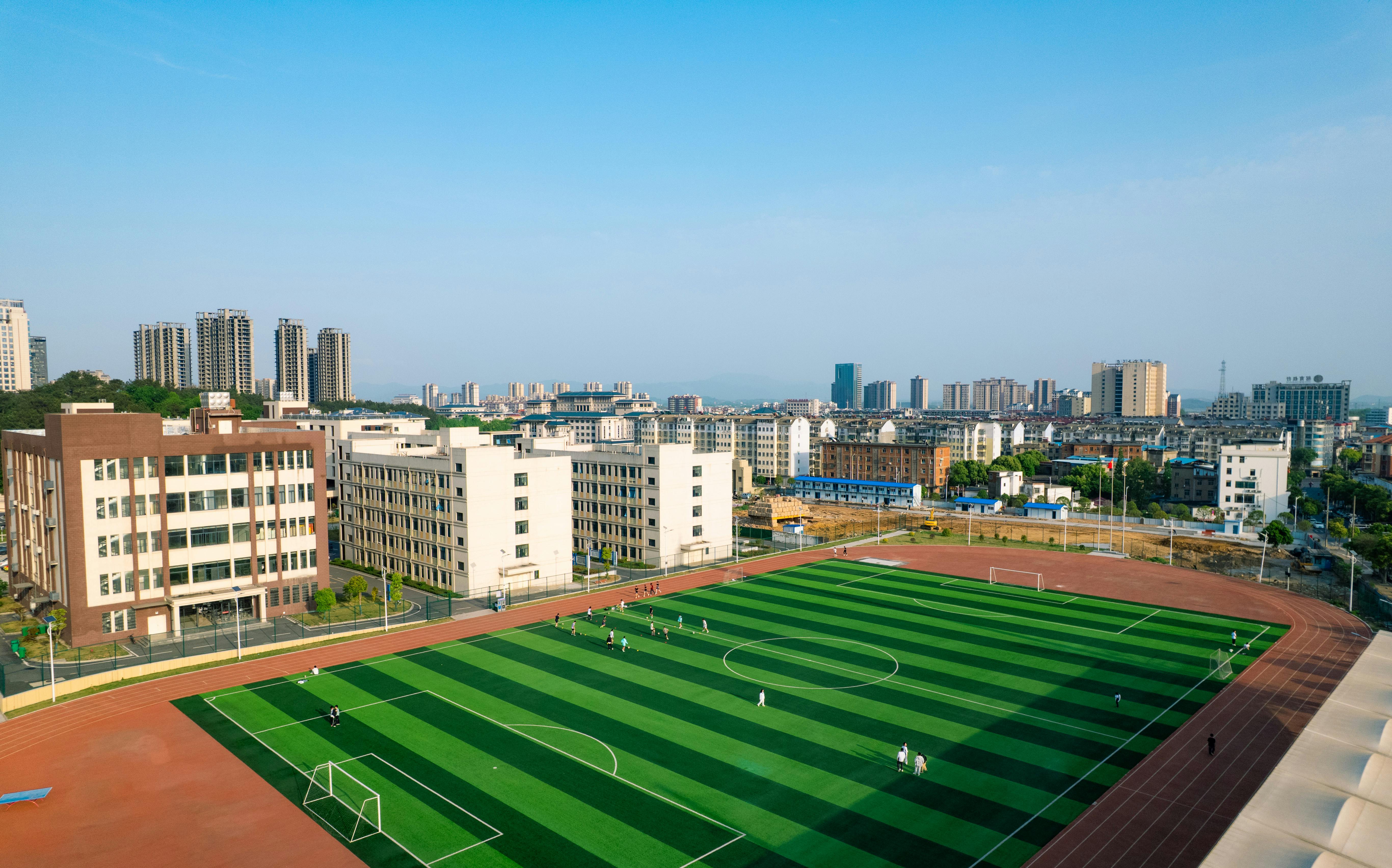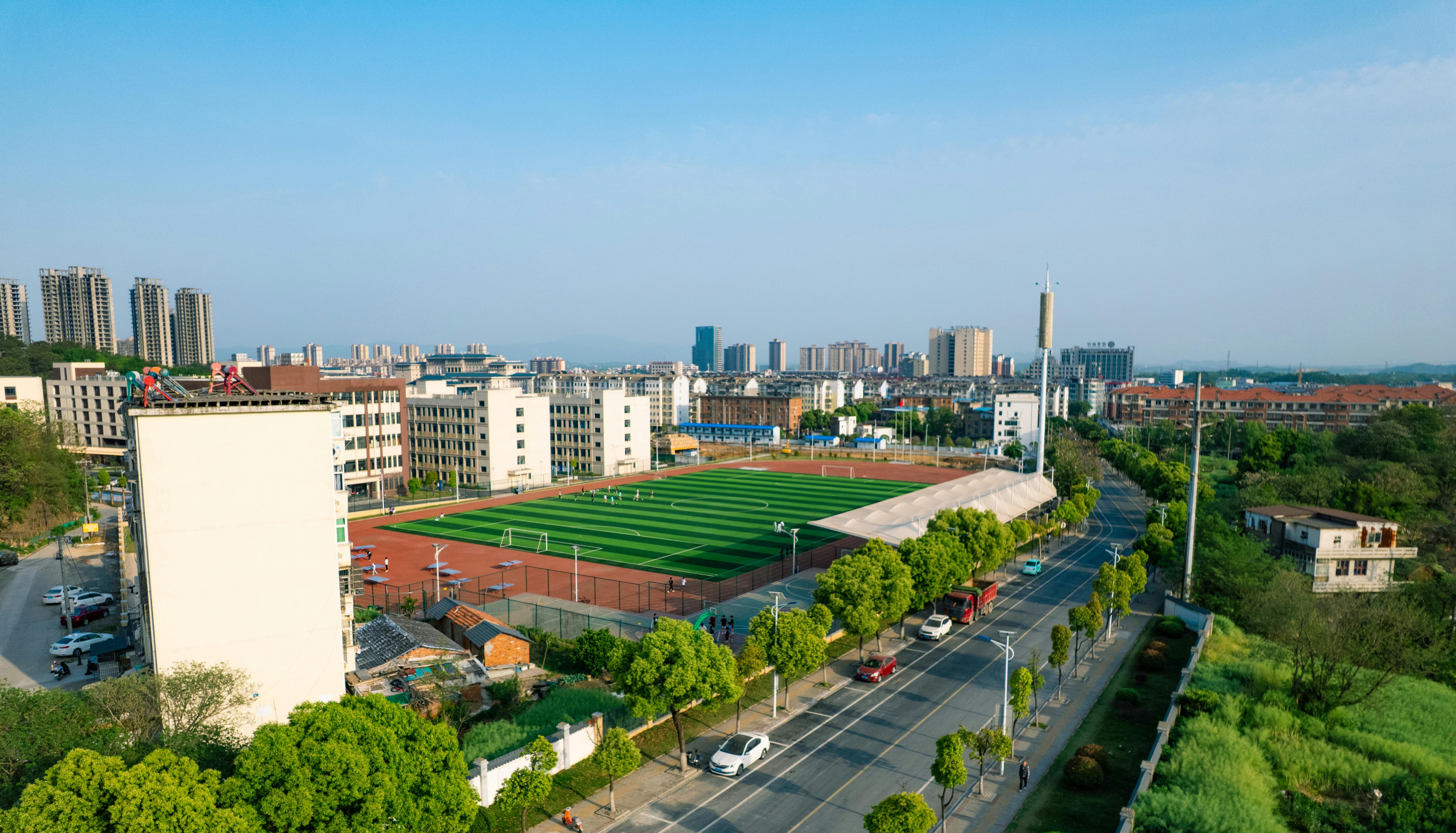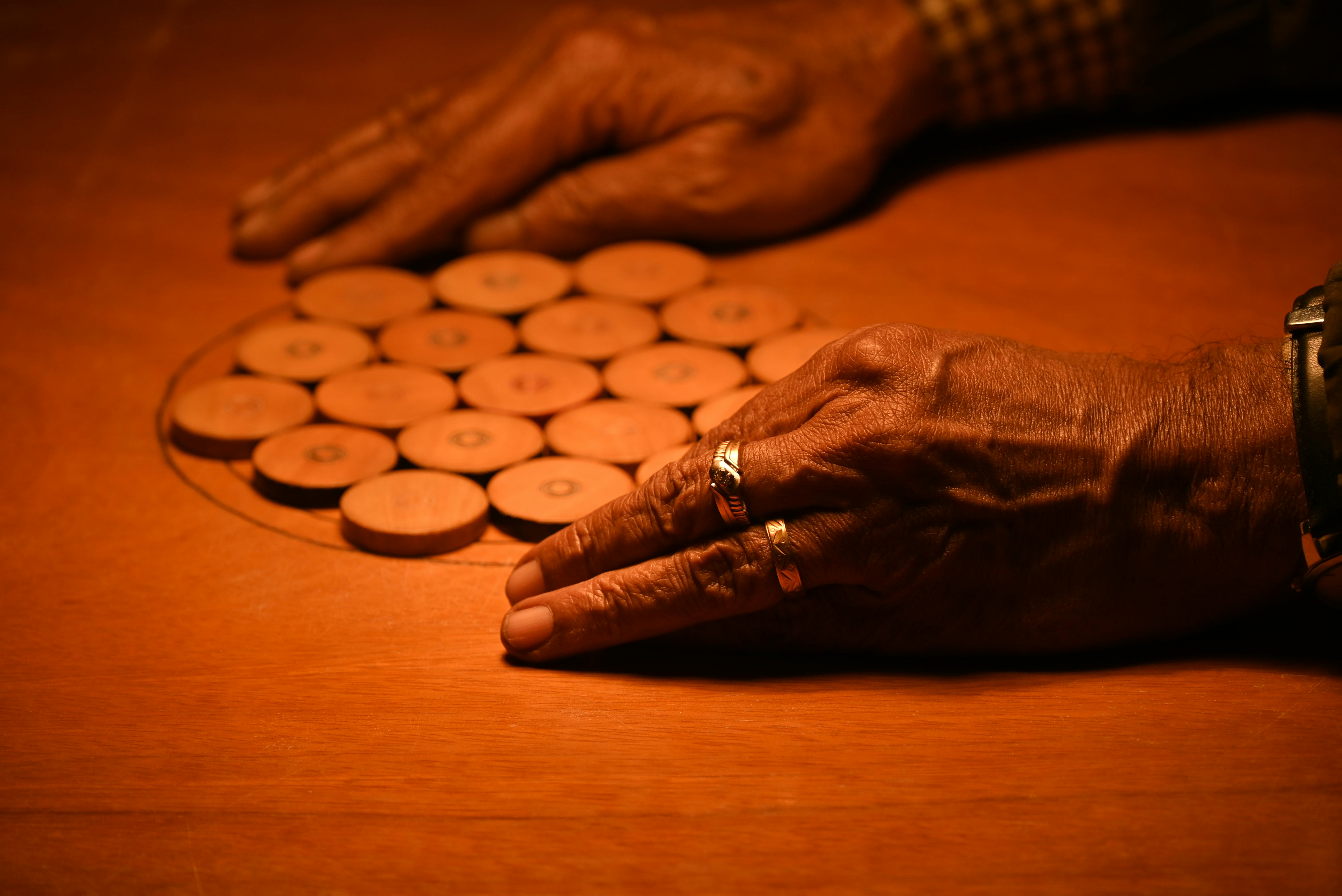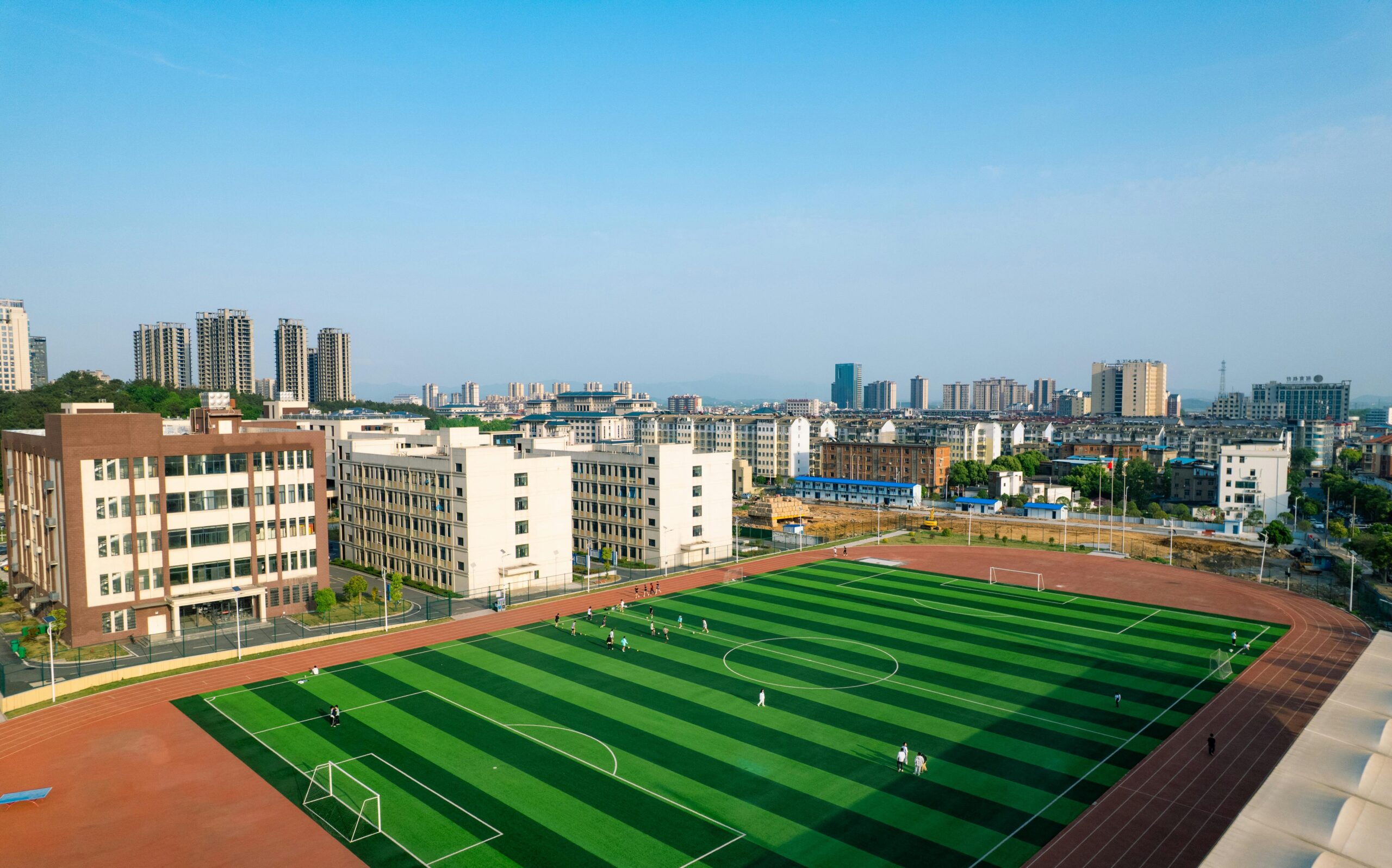Unlocking the Power of ICCL Sports in Modern Training
In today’s rapidly evolving sports landscape, innovation is key to staying ahead. ICCL sports, a rising force in performance development, is transforming how athletes train, compete, and win. This comprehensive guide explores everything from fundamentals to advanced applications, giving readers a full understanding of ICCL sports and its far-reaching benefits.

Understanding the Fundamentals
ICCL sports stands for Integrated Cognitive and Conditioning Learning in sports, a methodology that blends mental agility with physical performance. Emerging in response to the limitations of traditional coaching, ICCL sports has reshaped training frameworks globally.
With roots in neuroscience and sports science, ICCL methods prioritize holistic development—addressing not only strength and endurance but also decision-making, focus, and adaptability on the field.
1.1 Cognitive-Conditioning Integration
This principle centers on synchronizing mental processing with physical action. Studies show that athletes trained under ICCL systems respond 30% faster to dynamic play scenarios, improving real-time strategy and execution.
Real-world applications include football players enhancing split-second tactical decisions and tennis athletes improving rally responsiveness. Misconceptions often arise that mental training slows physical conditioning—it actually enhances it.
1.2 Real-Time Adaptability
Unlike static drills, ICCL sports fosters adaptive responses through simulated real-game pressures. This method stands apart from conventional repetition-based approaches by incorporating unpredictability.
Teams applying this system report heightened competitive instincts and better stress management. For instance, rugby squads using ICCL drills react more quickly to defensive shifts.
Practical Implementation Guide
Understanding ICCL fundamentals is only the beginning. Implementing it into existing programs requires structured planning and commitment to change. But the results—agility, awareness, and elite performance—make it worthwhile.

2.1 Actionable Steps
- Initial Assessment: Evaluate athlete’s current cognitive and conditioning levels using sports-specific benchmarks and reaction-time tools.
- Structured Program Design: Combine endurance, strength, and situational awareness drills. Use tools like agility ladders, neural-mapping apps, and decision-making games.
- Weekly Milestones: Begin with 2-3 ICCL sessions per week. Scale intensity based on feedback and progression. Expect early gains within 4-6 weeks.
2.2 Overcoming Challenges
Common hurdles include resistance to change, lack of certified ICCL coaches, and overemphasis on physical over mental drills. Warning signs include stagnant progress and low engagement during training.
Experts recommend gradual integration, investing in ICCL certification, and rotating drills to keep athletes mentally stimulated. Consistency and creativity are key to success.
Advanced Applications
Once foundational ICCL skills are established, athletes can move into advanced territory. These techniques deepen neurophysical connections and amplify game-day readiness.

3.1 Tactical Neuroconditioning
This involves merging video analysis with live drills to enhance situational judgment. Case studies from elite hockey teams show players improving pass accuracy by 18% after 6 weeks of ICCL immersion.
3.2 Multi-Sensory Feedback Loops
Advanced setups include haptic wearables and auditory cues to reinforce behavioral patterns. These tools help athletes correct form mid-action, enhancing muscle memory and tactical recall.
Future Outlook
ICCL sports is set to dominate elite training programs in the next decade. With AI and VR integrations on the horizon, training will become even more immersive and data-driven.
Athletes, coaches, and institutions embracing this evolution today will shape the next generation of sports excellence. Now is the time to invest in the future of ICCL sports.
Conclusion
To recap, ICCL sports offers three key advantages: integrated cognitive-physical growth, real-time adaptability, and measurable performance gains. It empowers athletes with a competitive edge in every scenario.
Don’t wait to start—begin exploring ICCL methods today and transform your training strategy. For those committed to innovation, the results speak volumes.
Frequently Asked Questions
- Q: What exactly is ICCL sports? ICCL sports is a training system combining mental agility and physical conditioning to enhance athletic performance holistically.
- Q: How do I start with ICCL sports? Begin with baseline cognitive and physical assessments, then introduce mixed-modality drills progressively.
- Q: How much time is needed weekly? Most programs start with 2-3 sessions per week. Results often emerge within the first month based on commitment.
- Q: Is ICCL sports expensive? Costs vary. Entry-level programs are affordable, while high-tech setups may require larger investments.
- Q: How does it compare to traditional training? ICCL is more holistic, focusing on mental and physical sync, unlike traditional drills that isolate skill sets.
- Q: Is it hard to implement? With structured guidance, ICCL integration is manageable. Some initial learning is required but pays off long-term.
- Q: Can it be used in youth programs? Absolutely. Modified ICCL drills are increasingly used in youth development to nurture smarter, faster athletes.
